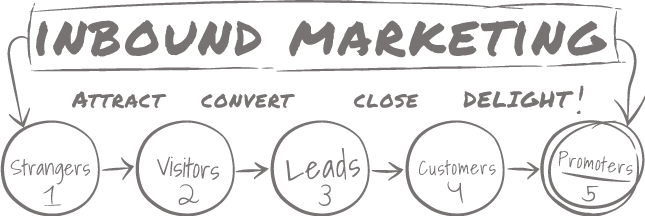The marketing industry is dynamic and ever-changing. It’s important that you’re always four steps ahead so that you don’t miss out on opportunities to be the leader in your field.
Since we established Ranky four years ago, we have helped more than 300 startups with their growth and marketing efforts. We worked hard to improve their SEO and organic traffic, and we managed their PPC campaigns and generated more leads.
On top of that, startups approached us to increase their brand awareness using content marketing and PR, and we asked the biggest magazines in the world to write and talk about them. We further promoted these companies by managing their presence on social media.
It all worked out quite well and, with the amazing team that we have here at Rankyville, things were looking great.
Still, something was missing. But what was it? We couldn’t tell.
So we kept doing what we do best: research!
We discovered that the marketing world as we know it is changing, and that we needed to think of a new strategy that would help us keep our name as a startup marketing leader. We quickly learned that inbound marketing was the way to go.
But what is inbound, and how is it so different from our original approach?
HubSpot defines inbound marketing as follows:
“Inbound marketing is an approach focused on attracting customers through content and interactions that are relevant and helpful — not interruptive. With inbound marketing, potential customers find you through channels like blogs, search engines, and social media.
Unlike outbound marketing, inbound marketing does not need to fight for potential customers’ attention. By creating content designed to address the problems and needs of your ideal customers, inbound marketing attracts qualified prospects and builds trust and credibility for your business.”
Using the definition of inbound, we developed our new strategy. We had long been generating traffic through blogs, search engines, and social media by using SEO and PPC and managing our social media channels. But with inbound marketing, we added value to our content with offers like eBooks, whitepapers and guidelines that we push onsite.
Inbound marketing + HubSpot = Big Success
Now that you understand what inbound marketing means, let’s take a look at why Ranky chose HubSpot over other platforms that the world has to offer.
HubSpot is an all-in-one inbound marketing and sales platform that helps companies attract visitors, convert leads, and close customers. After testing and trying out HubSpot and its biggest competitors, we came to the conclusion that HubSpot was the software we needed.
Here are just a few of the reasons, taken from HubSpot’s website, that we decided to go with HubSpot:
- Time-saving, with only one set of software tools to learn and master
- Micro-reporting on specific segments using the same data points
- Robust lead intelligence to better understand existing databases
- Comprehensive reporting to merge on and offline activities
- Behavioral reporting to understand how nurturing content impacts your pipeline
- Multi-channel lead nurturing for a full-funnel inbound strategy
- Integrated, closed-loop analytics to view the impact of both inbound and traditional strategies
When we joined HubSpot’s partnership program and became a certified partner, we got awesome POCs that helped us with the onboarding process and that showed us how to implement HubSpot into the organization. They showed us everything we needed to understand in terms of workflow and marketing automation. They also taught us everything there is to know about onboarding new clients with HubSpot, which made the process for our HubSpot clients easy and fun.
Now that we’ve shifted to inbound, why not change our website design?
When we built our original website on WordPress, the process was easy and the product looked good. Still, when we shifted to inbound marketing, we were ready for a change. We wanted to create a website that reflected our shift as a company and that was more oriented toward inbound marketing.
And that’s exactly what we did.
We found a good designer that helped us make some tweaks to our template, and we wrote new website content to better fit the inbound strategy we wanted to share with the world.
We also decided to host the website on HubSpot’s servers so that we could take advantage of everything HubSpot has to offer, like website personalization and a better understanding the visitors and prospects on our website.
At the end of the day, we believe in our change of strategy. We believe that inbound marketing is the most effective approach to marketing and is the future of digital marketing as we know it.
Now it’s your turn to join us! What do you think?


